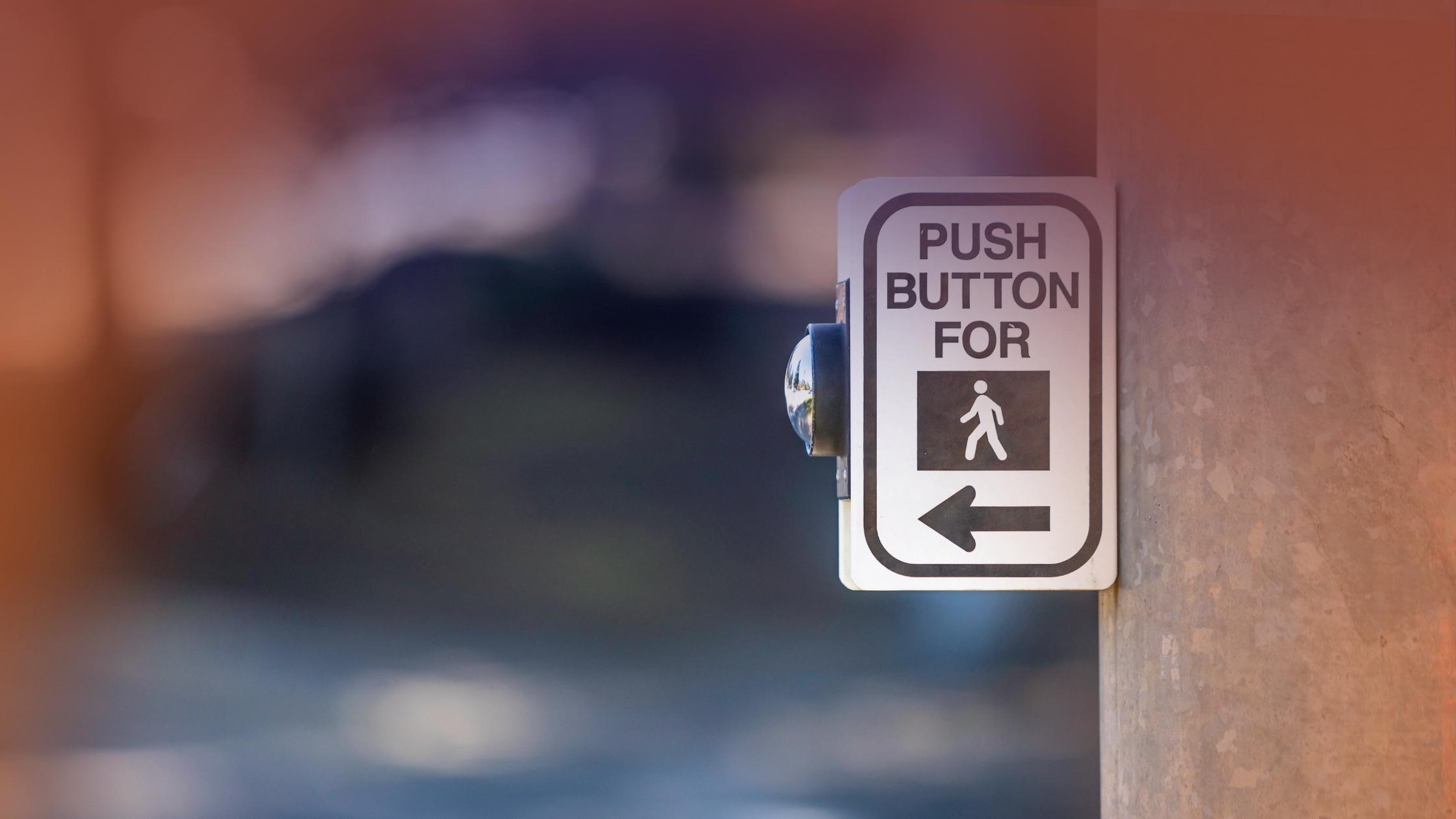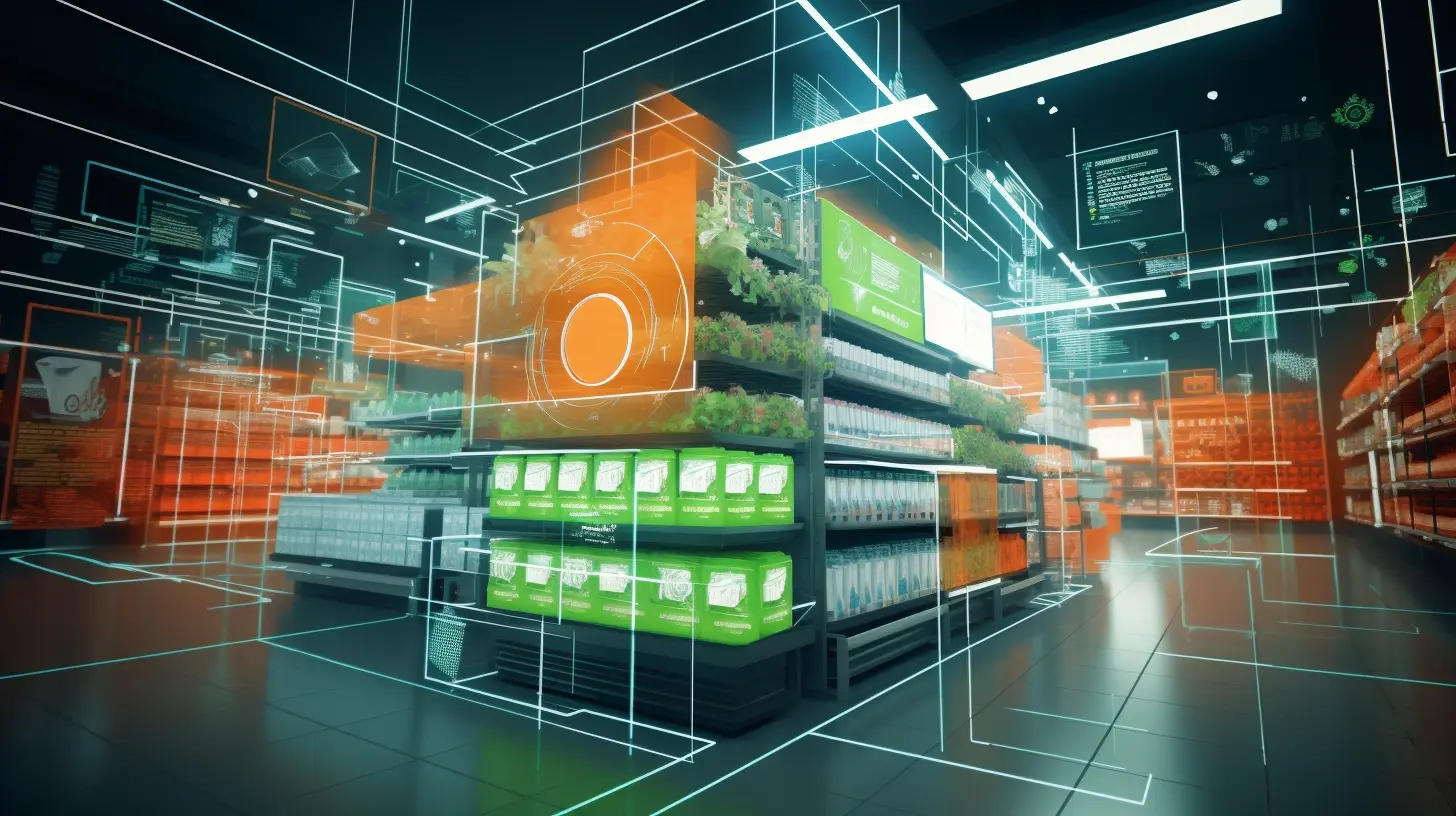When New York City revamped their crosswalk system, behavioral scientists jumped at the opportunity to observe the resulting changes in human behavior.
When New York City revamped their crosswalk system, behavioral scientists jumped at the opportunity to observe the resulting changes in human behavior.
It seems everything is becoming more automated these days, and the crosswalks of New York City are now no exception. New York City officials have reportedly made numerous, what they call, “Pedestrian Improvements” over recent years in an attempt to improve the overall city experience and optimize traffic flow through the busy streets. One such improvement came in the form of a new crosswalk system, whereby the system that once relied on a pedestrian pushing the “walk” button to prompt a red light and corresponding “walk” signal became fully automated, rendering the button completely useless. It was too expensive to replace all of the structures, so they remained in place, towering over intersections, now featuring a completely useless and disconnected “walk” button. Behavioral scientists jumped at the chance to observe how New Yorkers would respond to this change, and the insights have a surprising correlation to some tricky retail scenarios of the front end.
What did they find?
Researchers found that when pedestrians pressed the button, they were more likely to wait to cross the street until they got the “walk” signal, even though pushing the button did absolutely nothing to impact how long it took for the “walk” signal to appear. Why is that? Behavioral scientists attribute this to a unique application of “autonomy bias”, in that the mere perception that pedestrians had some level of control over the situation influenced their behavior.
How can this lesson be applied to Front End shopping behavior?
In the crosswalk example, pedestrians illustrated the innate human desire to be in control – to make their own decisions and act with a certain level of independence. This is a hardwired desire that is met through the presence of choice, and the opportunity to take action, however large or small.
What kind of decisive action can you offer customers at checkout if they’re met with a wait?
1. Develop Queue System with Engaging Merchandising Solutions
The best example here are stores like HomeGoods, Pier 1, and T.J.Maxx, where the queue itself plays the role, essentially, of an interesting and unplanned aisle stop. When the queue becomes a destination, not only do customers tend to be less frustrated with wait times, but they have the opportunity to actively do something. In this case, shop. Granted, large format box stores such as those listed above have a larger footprint of available space for aisle queueing, and they have the benefit of being able to stock non-food and shelf stable items, but the point remains that there is inspiration to be found for other retail channels looking to boost front end impulse sales and enhance the customer experience.
2. Give Shoppers the Gift of Choice
There is truly no better way to trigger the power of autonomy bias and to create happier customers than presenting them with the power of choice. Choice can be presented in a multitude of ways – from “you pick 6” options to build your own custom six pack of beer, to the choice of checkout service type, choice creates an innate feeling of peace and prosperity, and can be a great tool to prevent customer frustration. Behavioral scientists have found that consumers who are given a choice, and able to operate with a perceived sense of autonomy have more patience and report a more positive experience. Have you ever been in bumper-to-bumper traffic on the highway, and decided to reroute your trip home through back roads? With the slower speed limit zones, red lights, and so on, it will likely take you just as much time, if not a little more, to get home than it would have if you sat in the crawling highway traffic. But with the power of choice, and the opportunity to actively do something, you likely felt more accomplished and were more satisfied with your commute experience.
According to VideoMining’s Front End Megastudy, the number of self-checkout lanes in grocery grew by 40% from 2020. Self-checkout lanes offer consumers an opportunity to actively do. Never mind the fact that the time spent checking out is longest for self-checkout, consumers continue to actively choose this method. Keep in mind, however, that the key to triggering autonomy bias is the presence of choice. Meaning, if all of your traditional checkout lanes are closed and shoppers are automatically pushed to self-checkout, you are likely to ruffle some feathers and create a less hospitable in-store customer experience.
VideoMining’s AI-powered observational research tools unlock panoramic visibility to the complete in-store shopping experience, and can help retailers and CPGs make better choices to unlock growth opportunities through empirical evidence and indisputable insights. Ready to unlock the power of in-store visibility? Click here to get in touch.





.jpg?width=352&name=images%20(7).jpg)